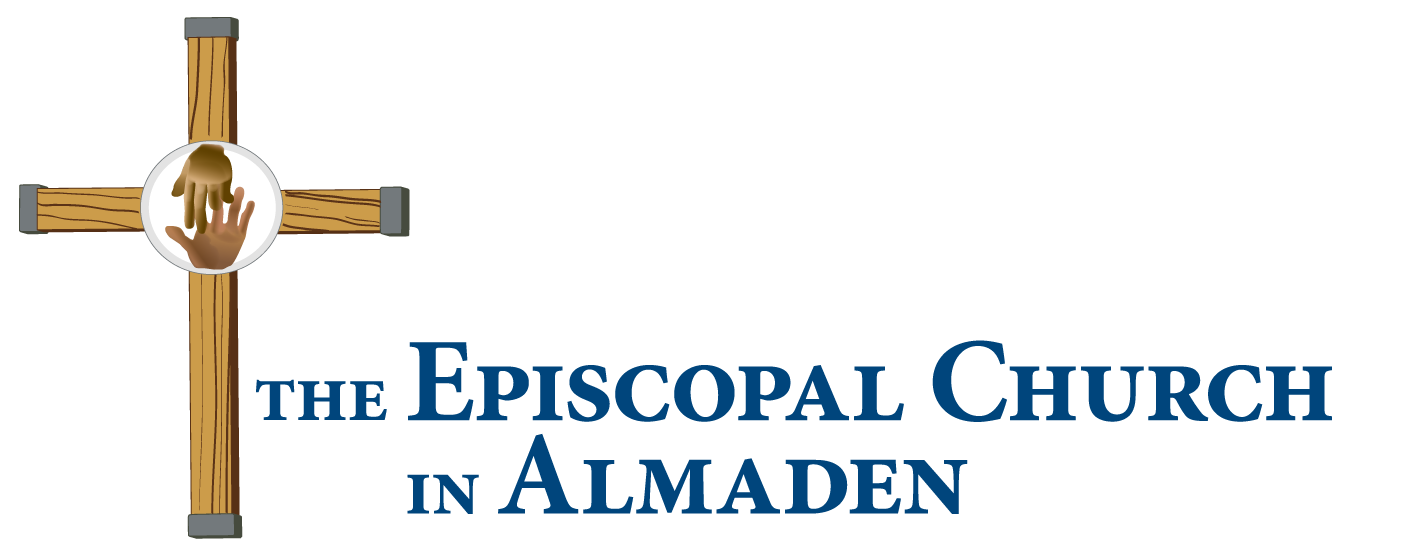Ocean Soup & Plastic Sea: A Bird’s-Eye View
I thoroughly enjoy my view out over the Monterey Bay. Every day, it is a delightful treat to gaze out over the waves and marvel at the various shades of blue. Some days it’s a beautiful sea blue and turquoise green while other days the energy rises more than usual, and it becomes a dark blue color highlighted by angry frothy white caps. The animals living in the ocean also make their presence known when we take the time to pay attention. Sometimes we see whale spouts off in the distance or we are treated to dolphins swimming along the shore with us as we walk along the shoreline’s edge.
As it sparkles and shimmers, do you think that I ever pictured the vast and varied oceans as an Ocean Soup? No indeed, at least not until I discovered the book “Ocean Soup” by Meeg Pincus and illustrated by Lucy Semple.
It turns out that Ocean Soup is a wonderful “recipe for you, me and a cleaner sea.” This story, told in rhyme, gives children background on how it started decades ago with that amazing invention of plastic. But now is it so amazing what happens to much of that discarded plastic when it ends up in the sea in one of the five gyres (rhymes with tires)? The author unfolds her story by imagining all of us being the chefs who have created this ocean soup by our everyday habits. It does conclude with what each of us can begin to do to help clean up our seas. In the book, Lucy Semple’s delightful illustrations are vibrant and expressive thus enhancing the story line nicely.
As a nonfiction writer for children, Meeg Pincus writes solution-oriented stories, Ocean Soup being just one of them. Her website offers many resources for teachers and parents looking for ideas to encourage children and teens to be part of the solutions to our current day challenges. She also offers resources for hopeful writers, teens and adults. It’s certainly worth a look: www.meegpincus.com
When I organized our Kids’ Camps at ECA, I discovered The Cornell Lab of Ornithology. They offered great resources on birds for children of all ages. I then came upon this next gem of a book that was also published by the The Cornell Lab Publishing Group called “Plastic Sea: A Bird’s-eye View” by Kirsti Blom and Geir Wing Gabrielsen. This is an international STEM story told from the perspective of a Northern Fulmar. It is suited for older elementary kids, teens, and adults. I actually learned a great deal from this story, and it makes me even more sensitive and aware of our ocean’s plight.
Just look at its writers’ credentials. Kirsti Blom has collaborated with scientists on several Norwegian children’s books on walruses, reindeer, arctic foxes, polar bears and more. Geir Wing Gabrielsen is a biologist and a representative in the United Nations Environment Program specializing in marine litter. Together, they have authored an amazing picture of how plastic trash is affecting seabirds, fish, and marine mammals.
If you don’t know how long it takes to break things down until it’s gone…if you don’t know all the sizes plastic trash can come in and how that can enter into its equation…if you don’t understand the toxic feast that we are delivering to our birds, fish, and other sea animals, and possibly ourselves…. you need to check out the book '“Plastic Sea: A Bird’s Eye View”.
This book is filled with amazing photographs of reality. Plastic Sea also helps us learn about the difference that children all over the world are making to help us learn how to deal with these real issues and offer suggestions for what each of us can do in our own communities and in our own homes.
Last month, I let you know how I have looked at my recycling habits in the two communities in which I reside. I have made all necessary changes in that I only put in my curbside recycling exactly what is acceptable. I am still working on the other plastics that are recyclable but must be taken somewhere else. Finding that place is not easy as many locations have closed since the pandemic. I’ll keep looking and let you know as soon as I know anything. If you know of any locations where special plastics can be recycled, please feel free to let us know in the comments section below.
Next month, we’ll take a deeper look at plastic, the good and not so good for us. Yes, there is some good that cannot be ignored, but it is important to understand exactly how to properly discard each kind of plastic. In the meantime, I’m heading out to do some beach cleanup at Del Monte Beach in the Monterey Bay.


